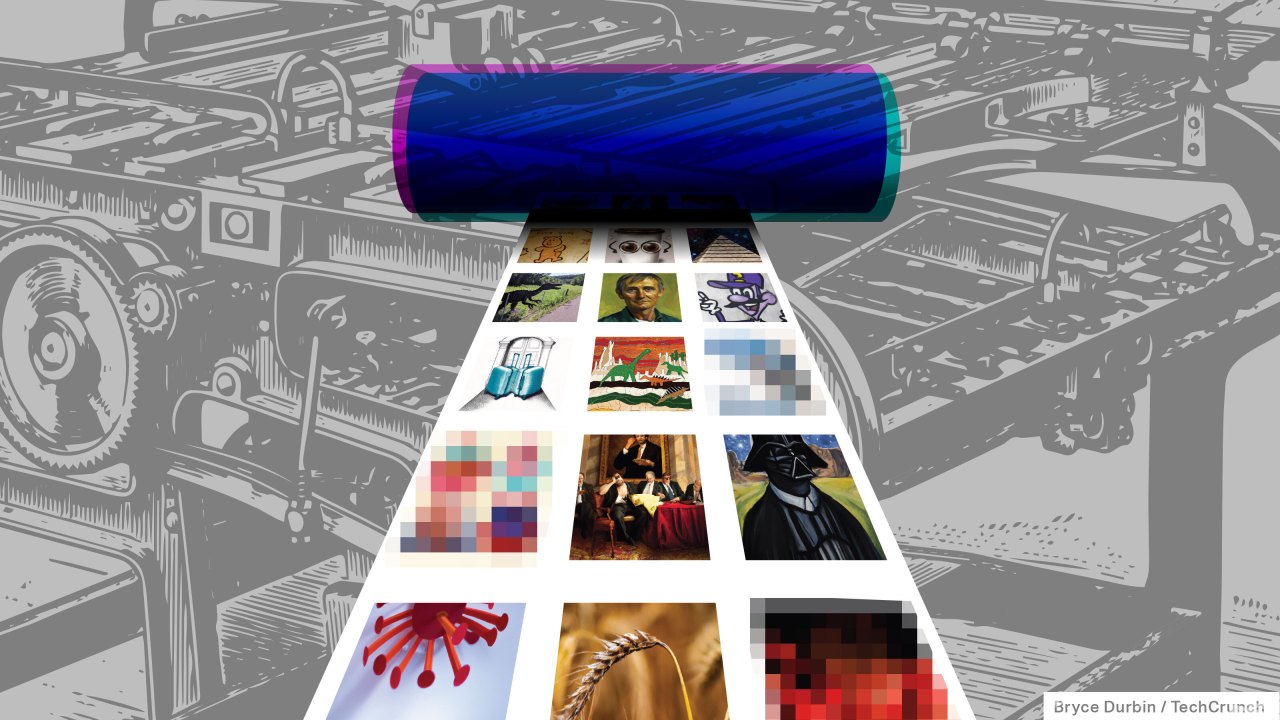As we delve deeper into the digital age, the capabilities of image-generating AIs like DALL-E 2 and Stable Diffusion have come to the forefront, showcasing their ability to create stunning visual content from text. However, recent investigations have revealed a troubling facet of these technologies: the potential for replicating elements directly from their training datasets, raising significant intellectual property (IP) concerns. This article seeks to unpack these findings and discuss their implications for creators, businesses, and the future of AI development.
The Mechanisms Behind Image Generation
At the heart of these image-generating systems is a mechanism known as “diffusion.” This process begins with random noise, which the model iteratively refines in response to complex text prompts, shaping an image that purports to be original. While the technology effectively crafts beautiful compositions across various styles, including photorealistic artwork, the underlying concern remains: how original are these creations?
Recent Study: Replication or Creation?
Recently, researchers from the University of Maryland and New York University conducted a study that investigated instances of intentional or incidental replication of training data in models like Stable Diffusion. They randomly sampled 9,000 images from the LAION-Aesthetics dataset—one of the major datasets used for training and containing not only original artworks but also copyrighted images from recognized sources.
The results were eye-opening. The researchers found that Stable Diffusion generated copies of the training data approximately 1.88% of the time. While that might appear minimal at a glance, when taken in scale—given that Stable Diffusion has generated over 170 million images—it signals a considerable scale of potential infringement. This discovery raises the alarm for artists who could unknowingly find their creative works embedded within generated outputs without consent or acknowledgment.
- Example 1: An image generated by a prompt containing “Canvas Wall Art Print” frequently displayed specific sofas—indicating a direct segmentation from its learned dataset.
- Example 2: Prompts that incorporated “painting” and “wave” often led to visual outputs closely resembling the iconic “The Great Wave off Kanagawa” by Hokusai, further illustrating the potential for artistic infringement.
The Implications for Intellectual Property
As this technology becomes more mainstream, the implications surrounding IP and copyright laws are critical. Historically, companies developing AI content generation tools have cited “fair use” as a protective measure. However, the legality of their claims is still an open question, particularly as courts begin to see cases that challenge these assertions. For instance, a recent class action lawsuit against Microsoft and GitHub highlights how tools trained on copyrighted materials could potentially breach copyright protections.
Furthermore, the stakes are raised by the suggestion that these models could inadvertently expose sensitive data, including private medical records, embedded within their training datasets. Such possibilities further complicate discussions about privacy, consent, and data ethics in the realm of AI.
Future Directions and Technological Solutions
Despite the encroaching challenges, there remains a glimmer of hope. One proposed solution is to implement “differentially private training,” an approach that seeks to obscure the identifiable data used for training AI models. While this might slightly impact performance, it could also serve to protect the original creators and their intellectual property rights in a landscape that is increasingly prone to encroachment.
As the tech world continues to evolve, so too must our understanding and governance of these intricate systems. Addressing the implications of image-generating AIs will require a collaborative approach—one that includes technology developers, artists, and lawmakers working together to shape a future that balances innovation with respect for creative rights.
Conclusion: A Call for Caution and Collaboration
The advent of image-generating AI heralds a new era of creativity and efficiency. Yet, as we embrace these advancements, it is paramount that we consider the implications of their operation on artists and content creators. The results of recent research should serve as a clarion call for those deploying and using these technologies to reassess their approaches towards training datasets, IP laws, and ethical responsibilities.
At fxis.ai, we believe that such advancements are crucial for the future of AI, as they enable more comprehensive and effective solutions. Our team is continually exploring new methodologies to push the envelope in artificial intelligence, ensuring that our clients benefit from the latest technological innovations. For more insights, updates, or to collaborate on AI development projects, stay connected with fxis.ai.

